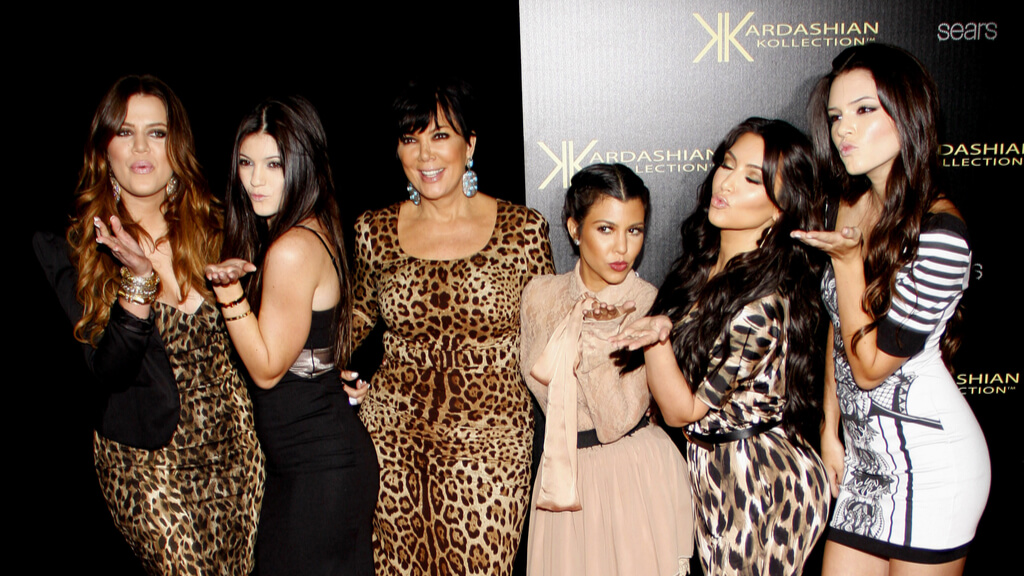User-generated content (UGC) is quickly becoming the most popular marketing tool ahead of online influencer campaigns.
The End Of The Influencer? Why UGC Content Is The Future
User-generated content (UGC) is quickly becoming the most popular marketing tool ahead of online influencer campaigns.

The public have become accustomed to reality stars and has-been celebrities flogging whichever never-used-gadget that they’ve been paid to promote.
Since the rise of the Insta-marketeer, the Advertising Standards Authority has prescribed new rules for promoting products and services through social media platforms and online blogs, where a paid promotion must be ‘obviously identifiable’ as an advertisement. This is usually achieved by using “#ad” on influencer posts.
However, since the creation of this rule in 2018, the public perception to authentic marketing has increased. Recognising that their favourite celebrities do not ritually promote only the products they use and believe in has been a sharp reality for social media users.
Authenticity sells – the Consumer Content Report suggests that 86 per cent of people think that authenticity is important when deciding which brands to support. Furthermore, 57 per cent of people believe that less than half of all brands create content that is authentic.
The future of authentic marketing lies with the consumer itself, allowing them to create the content that sells and appears authentic by creating an opportunity to share their quality experience and use of your product. The report concludes that UGC is the most influential form of content on the internet.
But how is this content generated? And how can we encourage our customers to create it? We share the best techniques to driving UGC to its full affect and help you show your business’ true authentic self.
It starts with something good
To drive positive UGC, the first step is to make your product or service something that is worth talking about. The work starts with a good customer experience. A 2016 report found that 75 per cent of customers will share their positive experience with a brand.
If you believe that every product or service you produce is a good one, then you have the potential of three quarters of your customers expressing their satisfaction in a public domain by driving UGC.
Creating a forum to share reviews of your product will allow potential customers to see how your business makes a difference. Furthermore, sharing this information on your advertising platforms allows you to take reviews and stories by customers and turn them into case studies of your amazing work.
By sharing customer testimonials on your own social media platforms, you can build your customers’ trust in the brand and product.
Promote your customers
User content isn’t made by chance and goodwill. You can still campaign for content to be generated through organised marketing campaigns. Incentivising the creation of UGC allows businesses to quickly receive content and positive stories to share with potential customers by offering a prize for the best creations or liked posts.
The prize needn’t be expensive, with authoritative brands offering features on their Instagram or website as the acclaimed reward for sharing their ideas. A product giveaway can also be a suitable investment to generate content from users, build your following, and raise brand awareness.
This may appear forced and it is understandably less spontaneous than a loyal customer sharing their opinions about your brand.
However, the content report indicates that 60 per cent of consumers think that content from friends or family will influence their own purchasing choices. This is opposed to 23 per cent who believe that celebrity influencers are as impactful.
You can set up an Instagram selfie frame in a public location where people can take pictures with your brand and post the results to social media. The best pictures may be posted on your own social media.
These ideas show that customers are not only willing but happy to be associated with your brand. Their friends and family will appreciate the pictures and recognise your brand.
Create a community
Often, your best inspiration will come form your customers themselves. The popularity of forums where people can share tips on product use and their own ideas for brands to improve a service can fall under the radar for some businesses.
But successful organisations are able to use this need for discussion to their advantage, creating a community of loyal customers that discuss and promote your brand together.
Vanish, the cleaning detergent brand, made good use of this technique in 2014 with the ‘Vanish Tip Exchange’. This was a forum that allowed customers to create short videos to explain how they used can remove every type of stain from every object imaginable – as long as Vanish was used.
With little effort, people searching for advice on how to remove Bolognese stains from white chinos were redirected to the Vanish website with advice on how to do exactly that from Sharon in Stoke-on-Trent. Aptly, Vanish’s own product just happened to be the answer.
This type of content can easily be achieved for products with multiple uses. For example, software development companies can benefit from users sharing tutorials on their programmes. Cyclists may share their favourite biking routes.
As long as your company creates an online space for these ideas to be shared, content created by your customers can help to direct leads to your main website and promote business.
Data shows that 59 per cent of shoppers will refer friends and family to a brand they love. The first step on the road to these referrals is to make a great product and then create avenues for your customers to share their enthusiasm and loyalty with your business and other potential customers.
If you know that your brand can deliver on its promises, you won’t need to persuade influencers to make inauthentic advertisements. Instead, you can boost word-of-mouth marketing by allowing your customers to have the freedom to promote a product or service they love.
Andrew Richardson is a content writer at Where The Trade Buys.
Thanks for signing up to Minutehack alerts.
Brilliant editorials heading your way soon.
Okay, Thanks!
